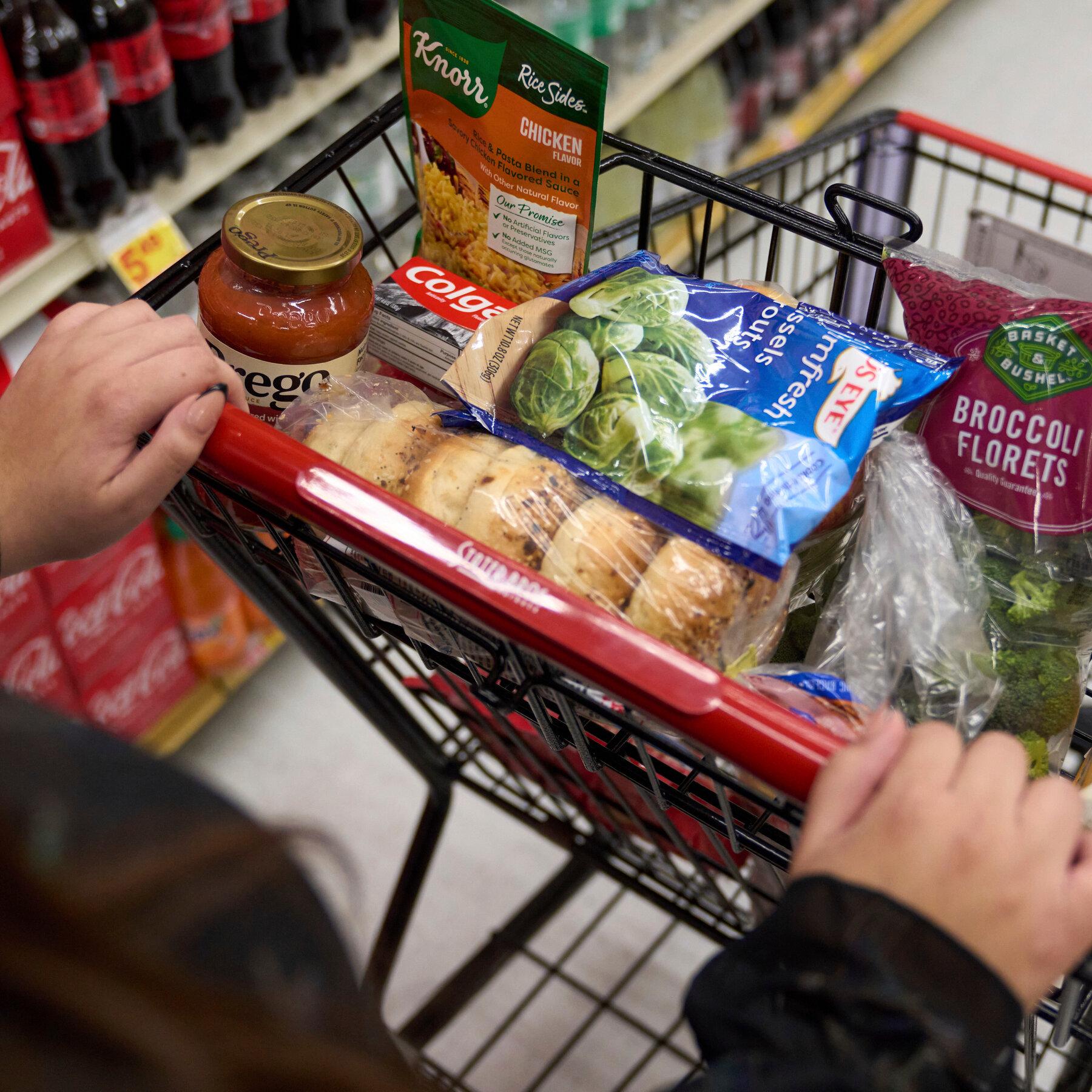Food Grocery: Your Ultimate Guide to Smart Grocery Shopping
Food grocery shopping is an essential part of daily life that affects everything from your health to your budget. Whether you shop in-store or online, knowing how to choose the best groceries and manage your list efficiently can save you time, money, and stress. In this comprehensive guide, we’ll explore the fundamentals of food grocery shopping, provide practical tips, and highlight the benefits of maintaining a well-organized grocery routine.
What Is Food Grocery Shopping?
Food grocery shopping involves purchasing edible products and household essentials from supermarkets, local grocery stores, farmers’ markets, or online platforms. This process is vital for sustaining a healthy diet and ensuring that your kitchen is stocked with nourishing ingredients.
Benefits of Organized Food Grocery Shopping
- Healthier Choices: Planning your grocery list ensures you buy fresh produce, lean proteins, and whole foods that support a balanced diet.
- Budget-Friendly: Sticking to a list helps avoid impulse buys and allows you to take advantage of deals or coupons.
- Time-Efficient: With a clear plan, shopping trips become quicker and less overwhelming.
- Reduce Food Waste: Buying only what you need minimizes spoilage and saves money.
- Supports Local Economy: Choosing local farmers’ markets or sustainably sourced products promotes community businesses.
Top Food Grocery Categories to Stock Up On
Ensuring you have a variety of nutrient-rich foods in your pantry and fridge is crucial. The following table summarizes common grocery categories and examples of staples you should keep on hand.
| Category | Examples | Benefits |
|---|---|---|
| Fruits & Vegetables | Apples, spinach, carrots, berries | Rich in vitamins, fiber, antioxidants |
| Proteins | Chicken, tofu, eggs, legumes | Essential for muscle repair and immune function |
| Grains | Brown rice, quinoa, oats, whole wheat bread | Provides energy, fiber, and minerals |
| Dairy & Alternatives | Milk, yogurt, cheese, almond milk | Good source of calcium and probiotics |
| Pantry Essentials | Olive oil, spices, canned beans, nuts | Enhance flavor and provide healthy fats |
Practical Tips for Smarter Food Grocery Shopping
1. Make a Grocery List
Create a detailed list based on weekly meal planning. Group items by category (produce, dairy, meat, etc.) to make shopping faster and more organized.
2. Shop Seasonal and Local
Seasonal fruits and vegetables are often fresher, tastier, and more affordable. Additionally, buying local reduces your environmental footprint.
3. Use Technology to Your Advantage
Utilize grocery apps for digital lists, coupons, and price comparisons. Many supermarkets offer online shopping with home delivery or curbside pickup.
4. Stick to Perimeter Shopping
The store’s perimeter typically holds fresh produce, meats, and dairy products. Processed and packaged foods are often found in the inner aisles.
5. Read Labels Carefully
Check ingredient lists and nutritional content to avoid added sugars, excessive sodium, or preservatives that may harm your health.
Case Study: How Organized Grocery Shopping Improved Our Family Health
Meet the Jensen family, a busy household of four who struggled with unhealthy eating and frequent food waste. After adopting a food grocery plan that involved weekly list-making, buying seasonal produce, and meal prepping, they noticed significant benefits:
- Reduced Food Waste: Their food waste dropped by 40% within two months.
- Improved Nutrition: Their meals incorporated more vegetables and lean proteins.
- Budget Savings: Monthly grocery expenses decreased by 15% through smarter purchases and less impulse buying.
- Less Stress: Shopping became more predictable and less time-consuming.
Firsthand Experience: Why I Love Planning My Food Grocery
As someone who juggles work, family, and social life, I found grocery shopping overwhelming until I started planning in detail. My process includes:
- Planning meals for the week every Sunday.
- Creating a categorized grocery list on my phone.
- Checking flyers and apps for discounts before shopping.
- Buying fresh produce first and frozen or canned goods later.
This approach not only saves time but also boosts my confidence in cooking healthy meals and reduces last-minute takeout orders.
How to Choose Fresh and Quality Food Groceries
Picking the right groceries ensures delicious meals and optimal nutrition:
- Fruits and Vegetables: Look for vibrant colors, firm textures, and no bruises or mold.
- Meats and Fish: Fresh cuts should have bright color and mild smell; frozen options must be well-sealed.
- Dairy: Check expiration dates and packaging integrity.
- Packaged Products: Choose items with minimal preservatives and added sugars.
Conclusion
Food grocery shopping is more than just a routine errand; it’s a foundation for a healthy, balanced lifestyle. By planning ahead, choosing fresh and nutritious foods, and shopping smartly, you can enjoy numerous benefits including better health, cost savings, and less stress. Embrace these tips and strategies to transform your food grocery experience into a seamless and rewarding part of your week.








